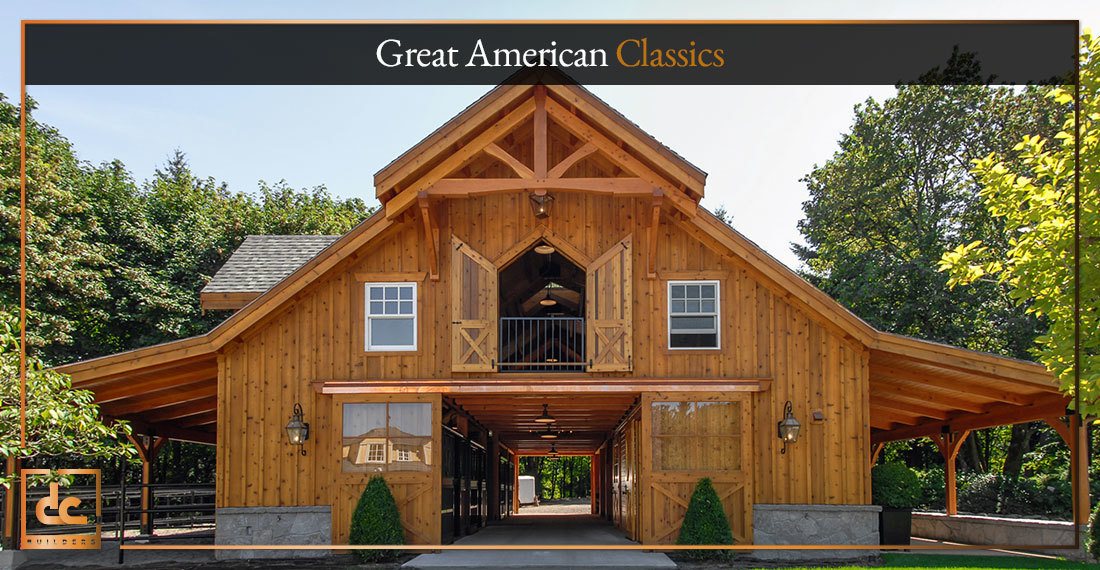
We know that cows are susceptible to the combination of both heat and humidity. Meanwhile, during the summer, the requirement for clean fresh air to ventilate the barn continues at a greater rate of around 40 to 60 air changes per hour. This will limit the risk for respiratory disease, and typically means that we need to ventilate the barn at around 4 to 8 air changes per hour.

The challenge for barn design in the winter is to achieve sufficient turnover of air within the barn to obtain good air quality. We often keep cattle too warm in the winter, compromising air quality so that workers are not chilled, and in the summer, we do not activate cooling systems at a low enough temperature. Cows cannot wait for us to turn the fans on! Therefore, when designing a comfortable thermal environment for dairy cattle, it needs to function independent of human intervention. While cows are quite cold tolerant, they are heat stressed at a temperature that most humans find comfortable their thermoneutral zone is in the range of 40 to 70 oF (4 to 21 oC). A cow milking 120 lbs (54 kg) of milk per day generates about 6,300 BTU (British Thermal Units) per hour – twice as much heat as a cow producing only 40 lbs (18 kg) of milk per day (3,300 BTU/h), and 19 times the 330 BTU/h a human produces at rest. Achieves adequate ventilation rates year-roundĭairy cows generate a lot of heat.Provides target air speeds in the resting area.If engineers adhere to these design criteria, the system will be a success for the cow and the dairy producer. It is important to design a system from the start that can function equally well at low and high ventilation rates. Too often, the design of the ventilation system is effective for one season (most commonly the summer), but fails in the winter when the air exchange rate is reduced.

Ensure that the system works well across all seasons. If we do not effectively exhaust this air, then the cattle will be at risk for heat stress (summer/hot climate) and poor respiratory health (winter/cold climate).ģ. Ventilation is the provision of fresh air to the building space, which displaces contaminated, warm, humid air. Exhaust the heat, moisture, dust, and noxious gases from the barn at an adequate rate year-round. This may be achieved passively through inlet location and baffle placement or actively through the use of fans and positive pressure tube delivery systems.Ģ.

We need to provide fast moving air in the resting area in the summer and a gentle breeze in the winter. Provide target air speed in the cow’s resting area microenvironment. We recommend that whatever system is chosen, the plan should adhere to the following design criteria:ġ. There is no one perfect ventilation design that can be used universally given the wide variety of dairy barns that lend themselves to a variety of ventilation solutions.ĭairy producers must decide whether to use natural, cross, tunnel, hybrid, or positive pressure delivery systems to ventilate the barn. Heat Abatement and Ventilation of Adult Cow Facilitiesĭesign Criteria for Ventilating an Adult Cow Barn


 0 kommentar(er)
0 kommentar(er)
